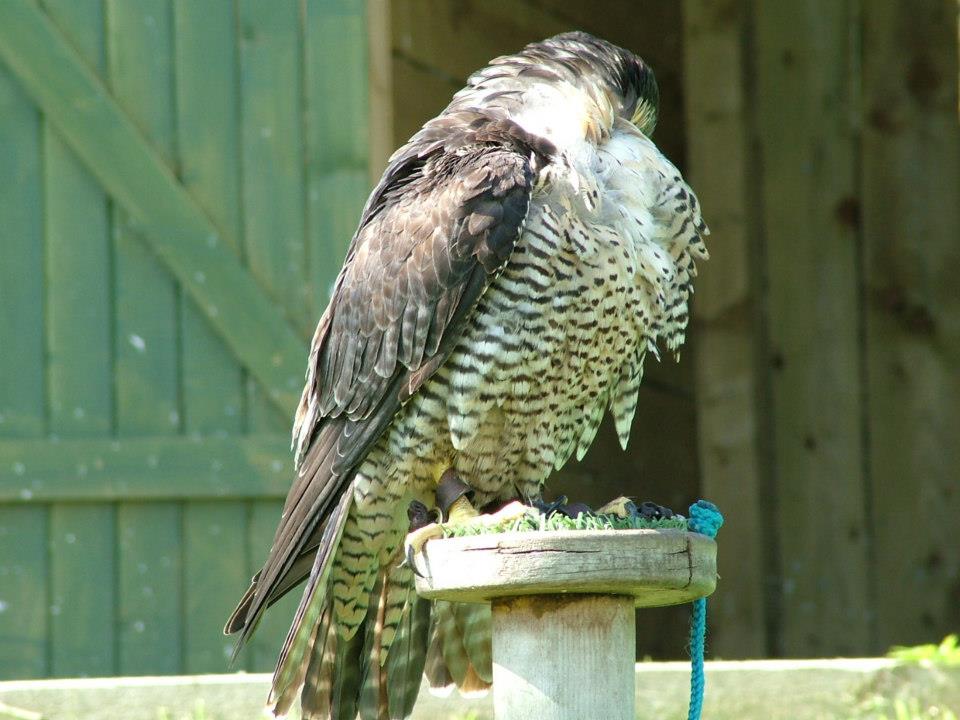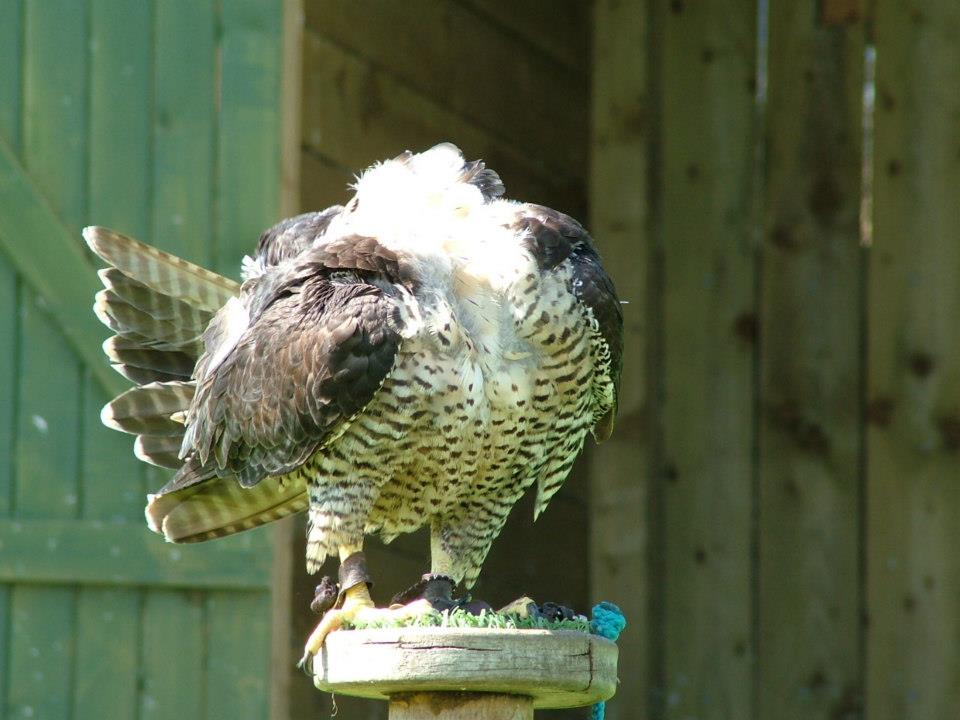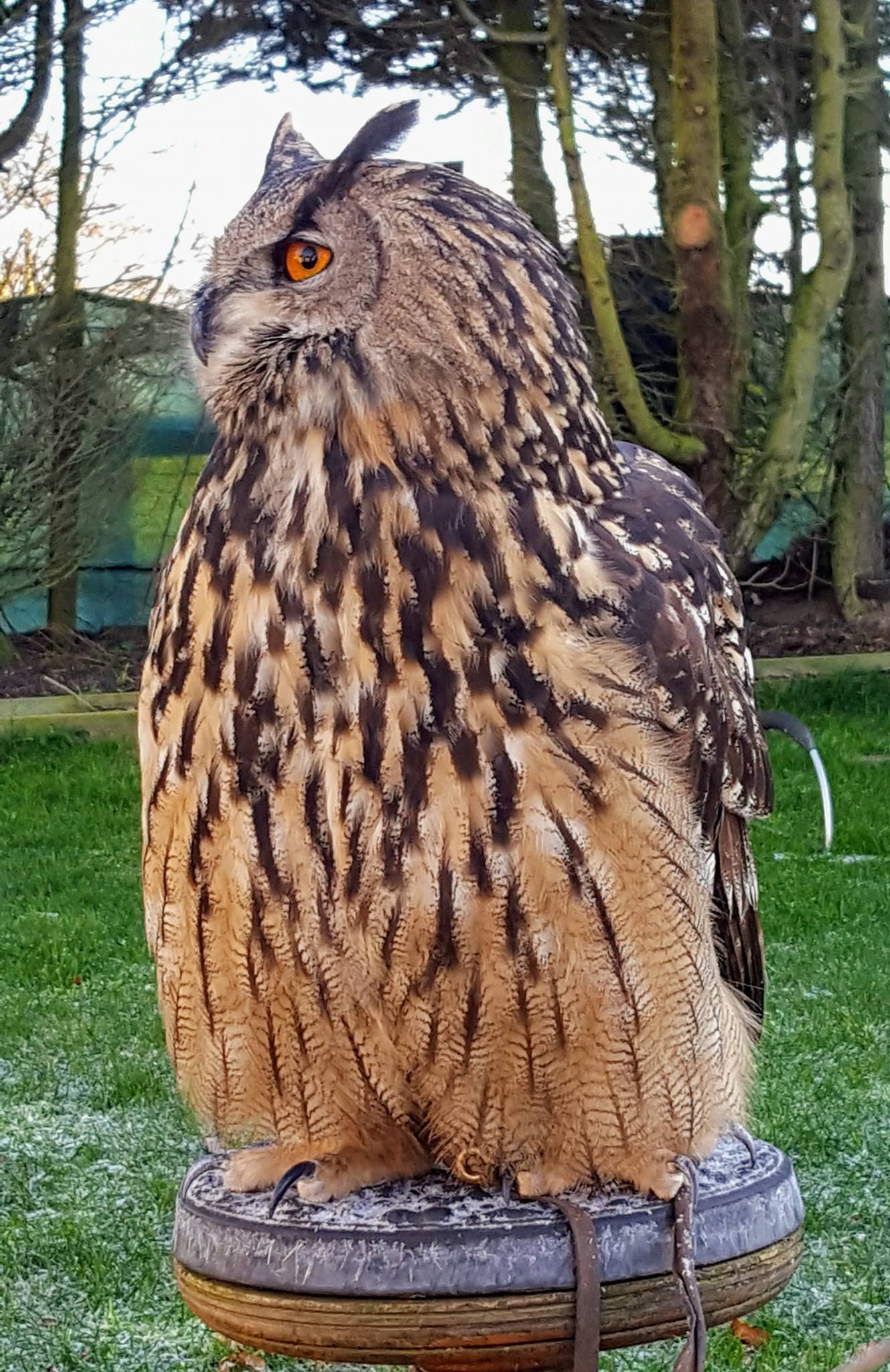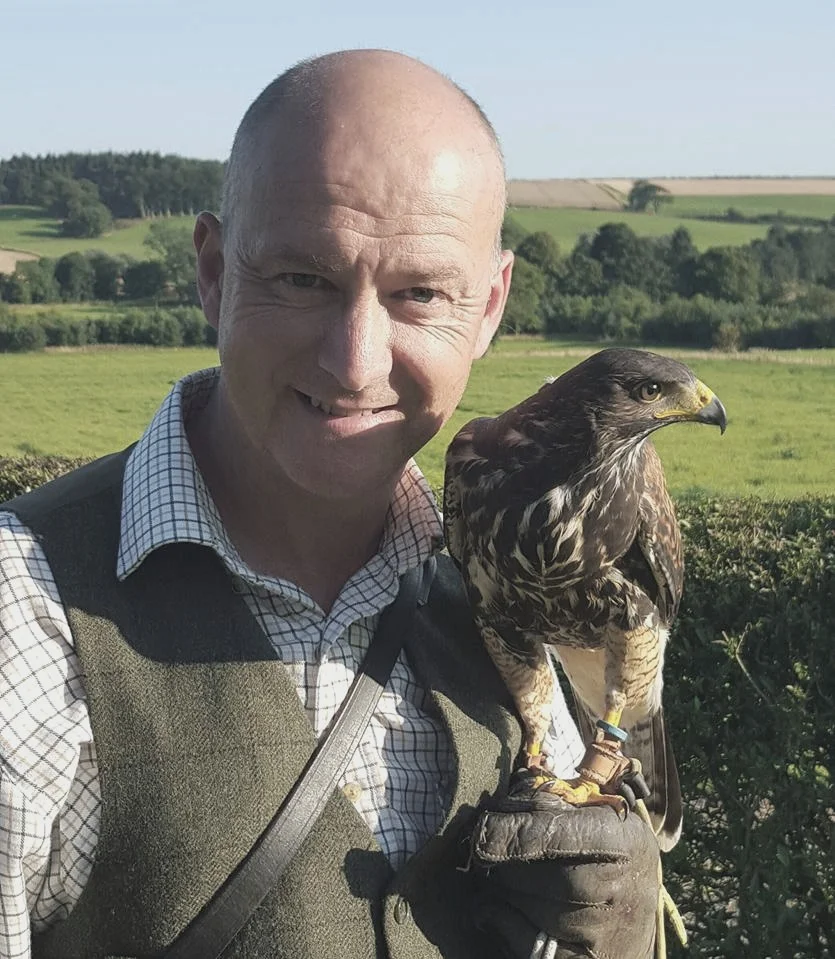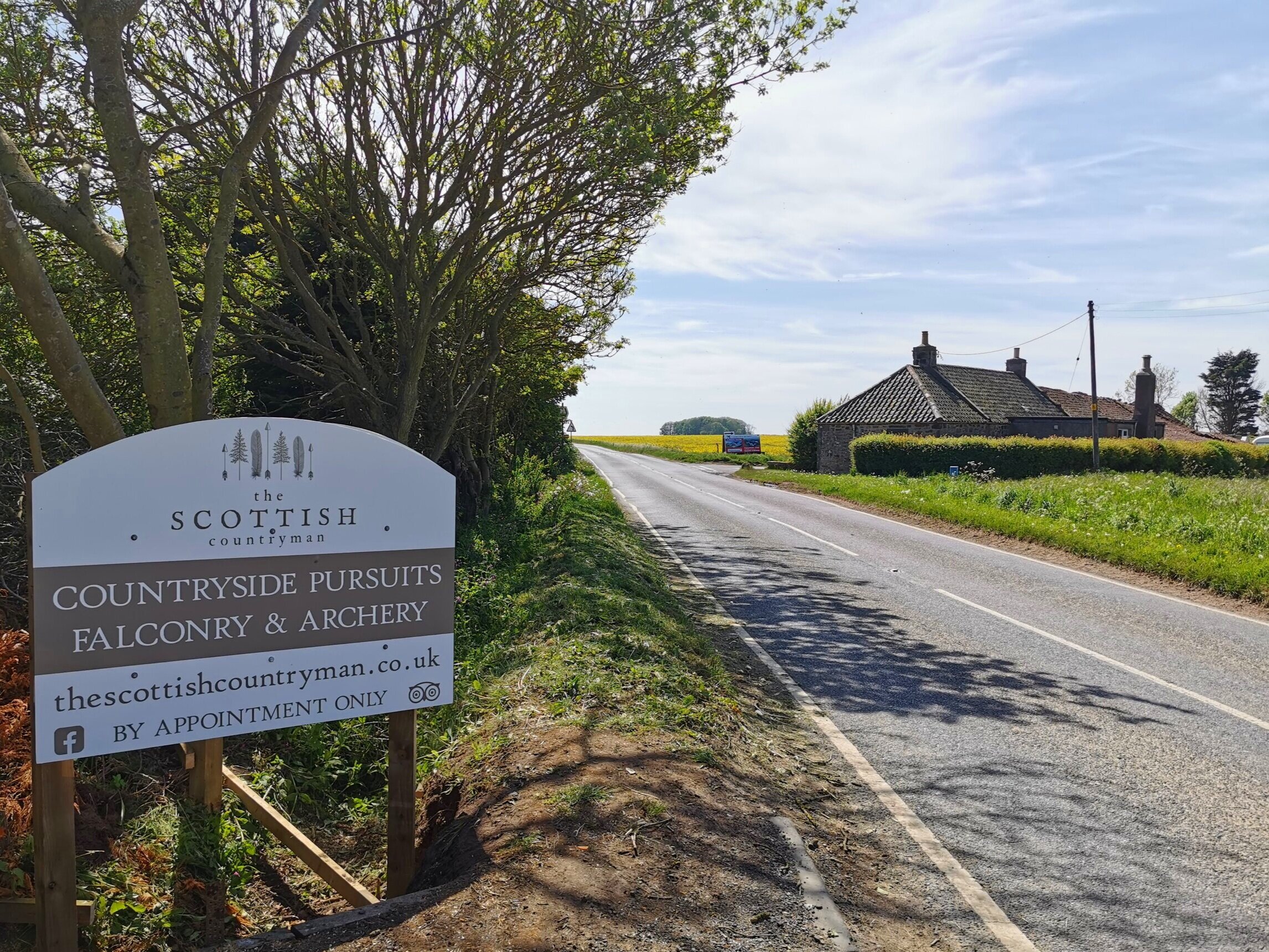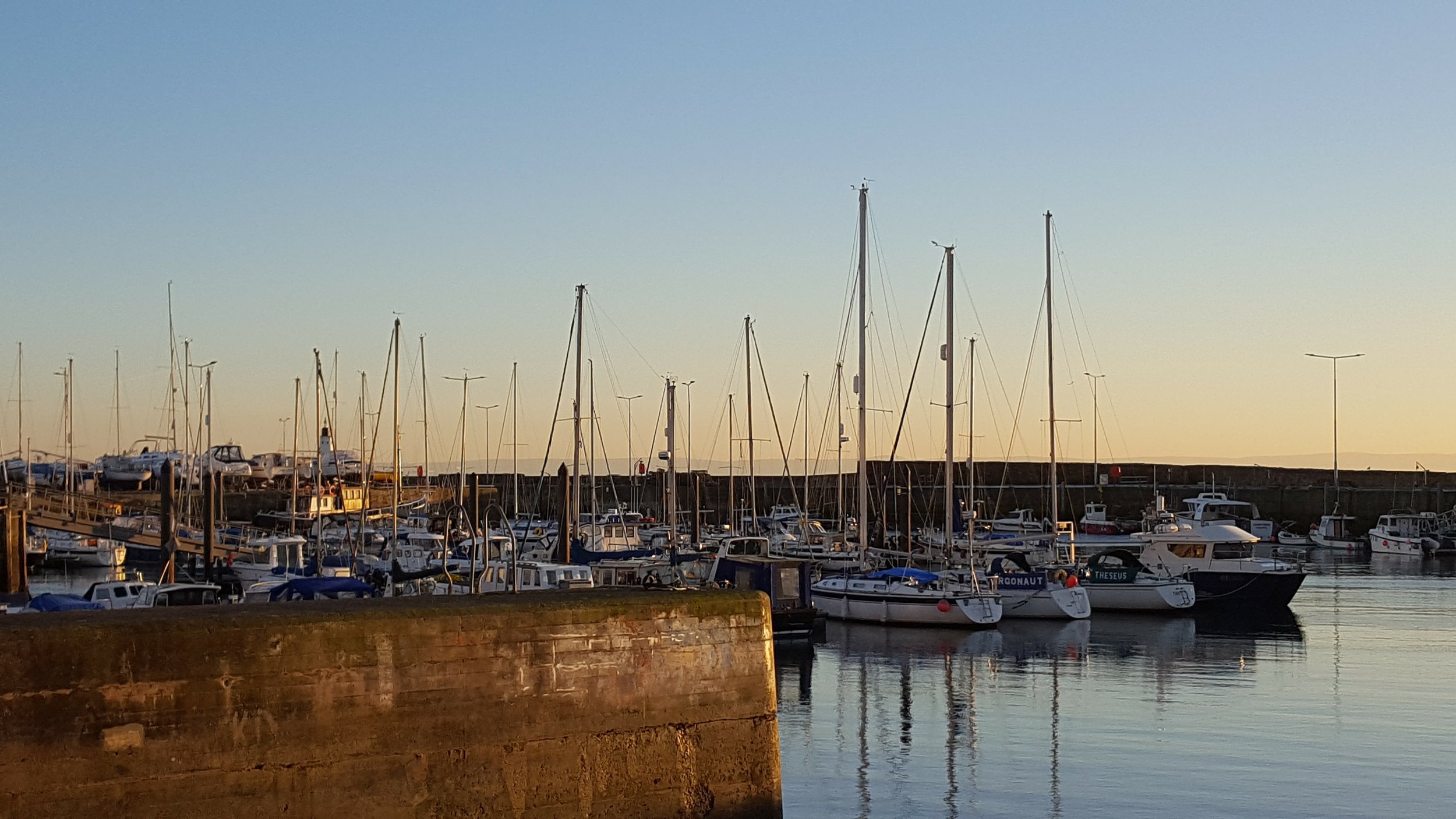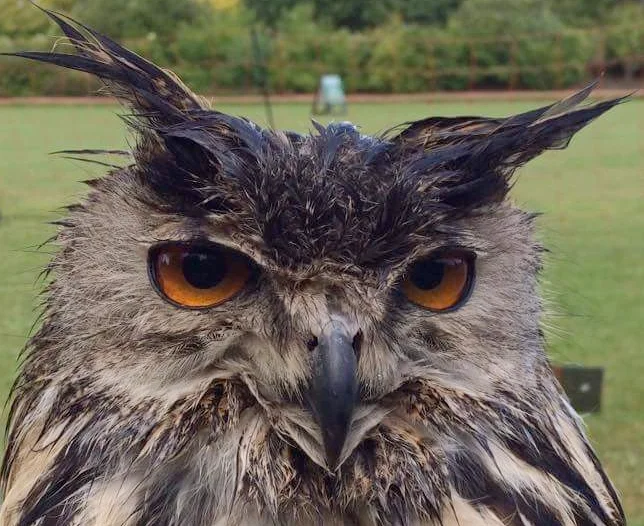Sourcing birds of prey for Inspired Falconry
If you've been following our series on what birds of prey can be seen in Scotland, you'll know that more than twenty species of raptor can be found in Scotland. Yet none of these are ever going to end up in the Inspired Falconry team, or - for that matter - any other team.
Why?
Under the Wildlife and Countryside Act of 1981, it is illegal to remove any bird from the wild. Eggs, nests, birds and their habitats are all covered by the Act to ensure that our native species can thrive.
So how do falconers like Steve get their birds of prey?
The answer is that all of the raptors used in falconry in the UK today are either captive-bred in this country or imported under licence. Birds of prey bought from these breeders must come with the necessary legal paperwork, which - depending on the bird and its status under the law - may simply be confirmation of origin or an Article 10, which is like a passport for a bird. The Article 10 paperwork, for 'Schedule 4' endangered birds (9 of them, including the peregrine, merlin and golden eagle) contains information about the bird's parents and is matched with a numbered ring on the bird's leg. The Government Department for the Environment, Food and Rural Affairs (DEFRA) oversees this registration process.
British captive-bred stock may stem from wild-captured birds taken under licence or before the 1981 Act. Birds are bred in captivity by dedicated, skilled falconers and breeders who have learned to replicate nature as closely as possible in order to achieve any success.
Why and how did captive-breeding start?
Captive breeding was initially a reaction to raptor population devastation caused by pesticides such as DDT in the 1950s. Changes in farming practices (enabled by pesticide use) and the effect of the poisons themselves decimated bird numbers during the 1960s. Prey species were drastically reduced in number and diversity and raptors' eggs were damaged by the pesticides, preventing their shells from developing properly. Raptor numbers declined sharply. Starting with peregrines, a small number of falconers set out to breed them in captivity, helping to save and then strengthen the population over time.





